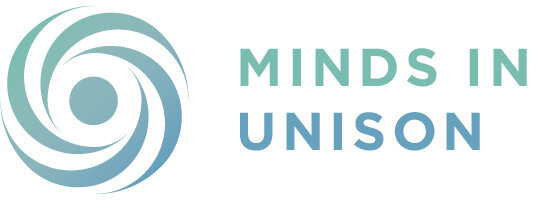What is Reiki?
Reiki is a safe, gentle, non-invasive complementary therapy. In recent years it’s become integrated into a variety of hospital and clinical settings, in particular those embracing a holistic approach such as cancer services and palliative care, that focus not only on a person’s physical health - but also on their mental, emotional, and spiritual wellbeing.
Energy Flow
Reiki is based on the belief that there’s a life force energy that flows through all living things. The word Reiki comes from the Japanese word (Rei) which means ‘Universal Life’ and (Ki) which means ‘Energy’, and if this energy is blocked or disrupted, the health and wellbeing of the person (or animal) can suffer. Practitioners believe that by improving the flow of energy and rebalancing the body’s energy centres, Reiki can aid relaxation, relieve pain, and stimulate the client’s own healing response.
Treatments usually last around 60 minutes and involve the client lying on a massage table fully clothed as the Reiki practitioner gently places their hands, palms down, on or just above them in specific energy locations. The practitioner becomes ‘attuned’ to the energy and blocks of the person they’re working with, and then, using a series of 12 to 15 different hand positions, leaves their hands in each position for a period of time that’s determined by the flow of energy at each location. Reiki differs from other touch therapies in that there’s no pressure, massage or manipulation involved.
Research
Although there’s no scientific evidence supporting the existence of the energy field thought to play a role in Reiki, studies have shown (see here and here for examples) that it’s an effective complementary therapy for the relief of psychological and physical symptoms such as stress, anxiety, and pain, which probably accounts for why it’s frequently used in conjunction with conventional medical treatments.
History
While Reiki is spiritual in nature, it’s not a religion. It has no dogma, and there’s nothing clients must believe in order to benefit from the treatments. It was developed by a Japanese Buddhist named Mikao Usui in 1923, who, as well as treating hundreds of clients, also taught others how to practice Reiki. One of his students, Chujiro Hayashi, went on to establish his own clinic in Tokyo, and one of his students, Hawaya Takata, is credited not only with bringing Reiki out of Japan and into the Western world, but also with helping to develop a standardized hand-placement protocol with Hayashi.
Registration
Today, anyone intending to become a registered practitioner in the Usui Reiki tradition will be expected to have been taught by a practitioner with a full unbroken lineage tracing back to Mikao Usui. So, if you’re looking for a practitioner or a teacher, check their credentials.
Whether you’re looking for support to manage your physical, mental, emotional, or spiritual wellbeing, or you simply want to experience an hour of peace and deep relaxation, in the UK, the following organisations have details of registered practitioners:
https://www.reikicouncil.org.uk/
Thank you for reading this blog post. If you have any thoughts to share, or ideas for future posts, please do let me know. I would love to hear from you.

